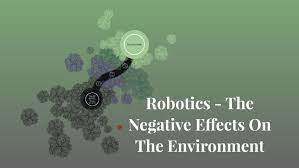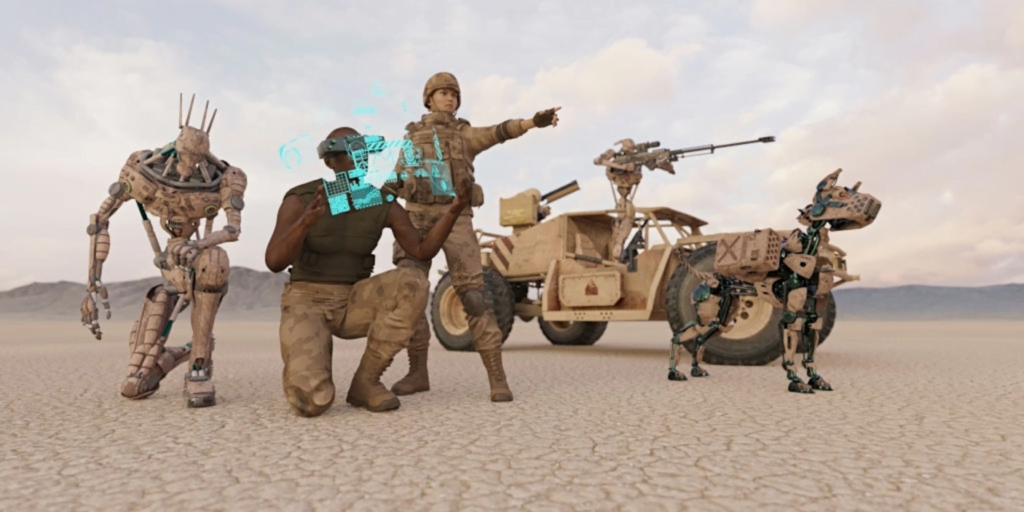
More robotics-related innovation is anticipated in the years and decades to come. In contrast to artificial intelligence (AI), which is a concept, robots are actual physical objects that can move and interact with their environment. While some may employ AI and be managed or controlled by an AI, others may just obey straightforward instructions. With the increase in the deployment and use of robots, there are bound to be more interactions with different aspects of the environment. Below are some of the ways that how do robots affect the environment negatively.
How robots negatively affect the environment through their manufacturing and use.
Robotics’ use and production have a detrimental impact on the environment.
Excessive Energy Use
Metals, polymers, and electronics are only a few of the materials used in the construction of robots. Energy is needed to extract and process these materials, which can cause pollution. Robots must be transported to their intended location after being created. This mode of transportation may produce both energy and emissions. Additionally, while in operation, robots use energy. For instance, the operation of industrial robots used in production uses a lot of energy. Businesses may face higher electricity costs as a result, which would ultimately increase greenhouse gas emissions.
Accelerated Depletion of Resources
Ironically, the fact that AI speeds up production, which is seen as one of the key advantages of its application, has negative environmental effects. Robotics’ increased production speed immediately increases the number of people who consume those products. Increased consumption eventually results in deliberate failure and the depletion of natural resources.
The production of products that need to be replaced quickly due to interchangeable parts. This increases trash production on a regular basis and accelerates resource use and depletion.
Environmental Hazards
When robots reach the end of their useful lives and become waste, they also have an effect on the environment. They frequently include dangerous substances like lead and mercury, which can flow into the ground and damage soil and water sources. To reduce their harmful effects on the environment, it is crucial to recycle or properly dispose of used robots.
How does the use of robots in warfare negatively impacts the environment?

The ecosystem is negatively impacted by the use of robots in warfare. Robots are frequently used to remove mines and blow bombs, but when they do so, the environment may be harmed. Robots may also leak oil and other chemicals into the ground, poisoning the water and environment. In addition, some robot kinds’ electromagnetic radiation can harm plants and animals, and their loudness can annoy nearby species. Overall, the environment is seriously harmed by the use of robots in warfare. If nations were to forbid the employment of robots in combat, this harm might be minimized.
“The more surprising, and hard to predict, aspects are likely to be how the new technologies alter our own relationships with nature and the outdoor world.”
— Dr. Martin Dallimer
The ways in which robots could further harm the environment in the future.

Robots could cause more environmental damage as they become more common in society. First, the development of robots uses resources and energy, which can cause pollution. Second, if robots improve in efficiency, there may be an increase in production and consumption, which would worsen the environmental impact. Third, the usage of materials and chemicals by robots could harm the environment. Fourth, if they are not created with sustainability in mind, robots may likewise contribute to climate change. And last, if robots are not properly regulated, they might harm wildlife. As a result, before robots become widely used, it is crucial to take into account their potential effects on the environment. Otherwise, we risk doing much more damage.
Conclusion
Overall, robots can have negative impacts on the environment through their manufacturing and use. While they may offer some benefits, it is important to be aware of their potential dangers to better protect our planet. In the future, as robots become more common, it will be crucial to regulate them in order to minimize their impact on the environment.
Related Article: Meta AI Technology: Introduction, Structure, Example, Uses
Faq
Q. What are the Negative impacts of robots on the Environment?
For instance, robots and drones produce new types of waste and may have an adverse effect, particularly in urban areas. Cities will have to make room for an increase in the usage of drones, self-driving cars, and robotics, which may result in a loss of green space.
Q. How does a robot relate to its surroundings?
In general, a robot can physically interact with the environment by performing two actions in sequence: establishing a suitable contact configuration and then doing the required motion to complete the task.
